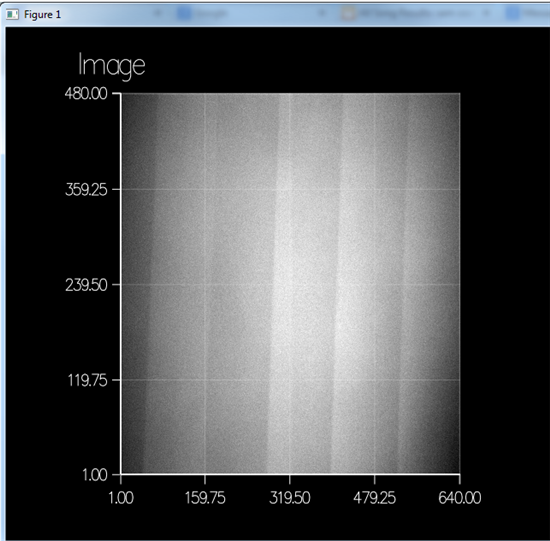I am currently uploading 24-bit BMP files to the lightcrafter evaluation module. Does the lightcrafter kit apply a gamma correction when displaying bitmaps with the projector? Basically, is the time the DLP mirrors are on linearly correlated with the 8-bit values in the bitmap? Or is there some other function that maps the DLP mirrors "on time" to the values in the bitmap (presumably a gamma correction function)? If it is a gamma correction function, what value of gamma is used?
Thanks


